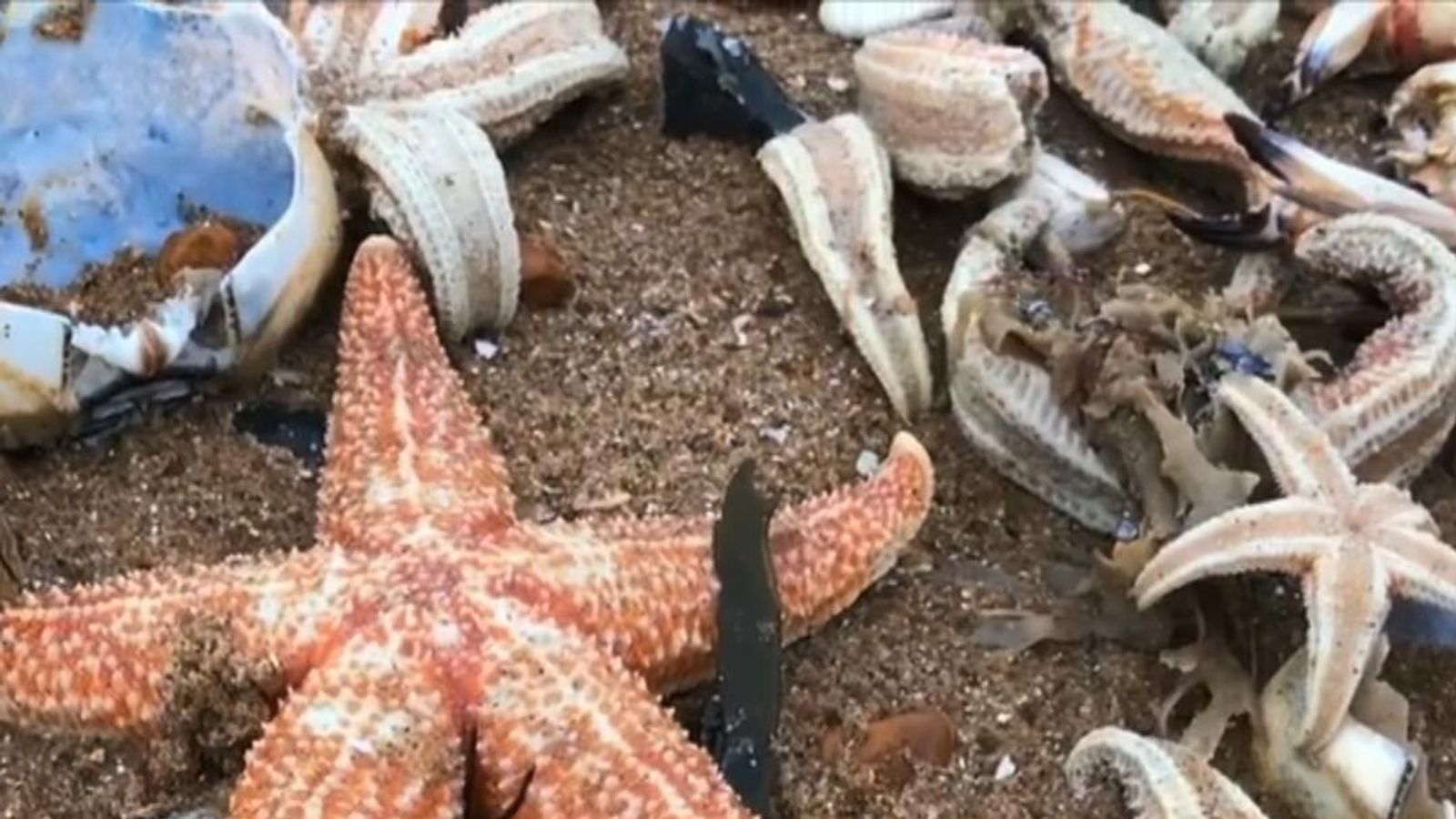Starfish have long been presumed to have no heads – but new research suggests they may in fact be nothing but.
Their distinctive shape has long puzzled scientists, with their bodies incomparable to most animals.
They are from a group called echinoderms, which also includes sea urchins and sand dollars.
Their bodies are divided symmetrically into five sections, and until now it had been “impossible” to see how those chunks related to the bodies of other animals.
Front or back, head or bottom – even experts were stumped.
Dr Jeff Thompson, from the University of Southampton, said the makeup of echinoderms “has been a mystery to scientists for as long as we’ve been studying them”.
In a bid for clarity, an international team led by researchers at Stanford University in the US compared the starfish’s molecular markers to other members of a wider animal group called deuterostomes.
This features vertebrates as well as echinoderms, but they all share a common ancestor, allowing the scientists to directly compare their development.
Using advanced molecular and genomic techniques, they created a 3D map showing where specific genes were expressed during a starfish’s development.
More like this:
Surfer body-slammed by whale
Creepy doll’s head blocks sewer
Big crawling head, it’s just a big crawling head
Dr Thompson, co-author of the study, said a “crucial part” of a conventional bilateral body was missing.
“The genes typically involved in the patterning of the trunk of the animal weren’t expressed,” he said.
“It seems the whole echinoderm body plan is roughly equivalent to the head in other groups of animals.”
Be the first to get Breaking News
Install the Sky News app for free
The findings suggest that rather than being headless, starfish have just shed their ancestor’s bodies over time to eventually become only heads.
Lead author Laurent Formery, from Stanford, said it’s “best described as a head crawling along the seafloor”.
The peer-reviewed study has been published in the journal Nature.






